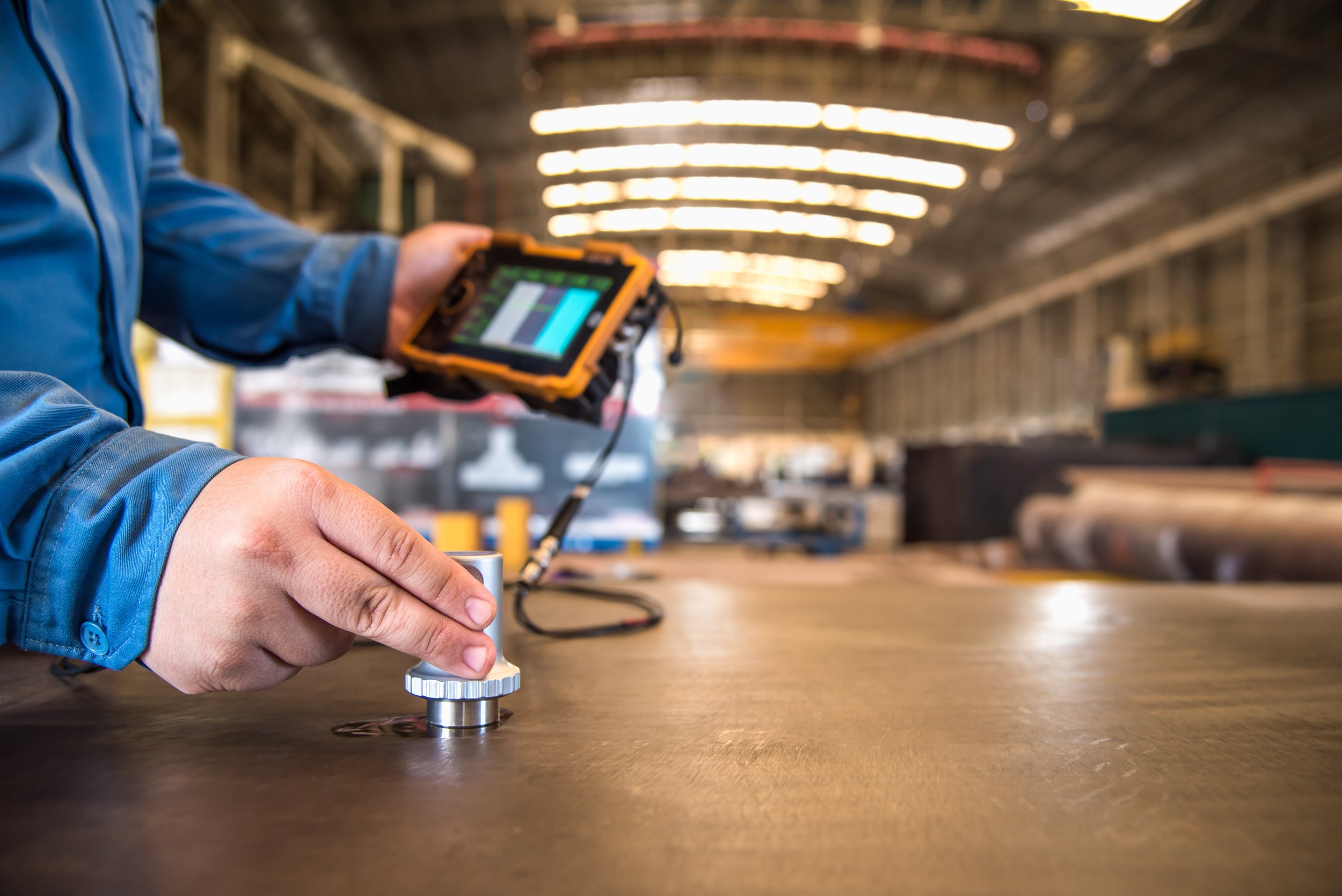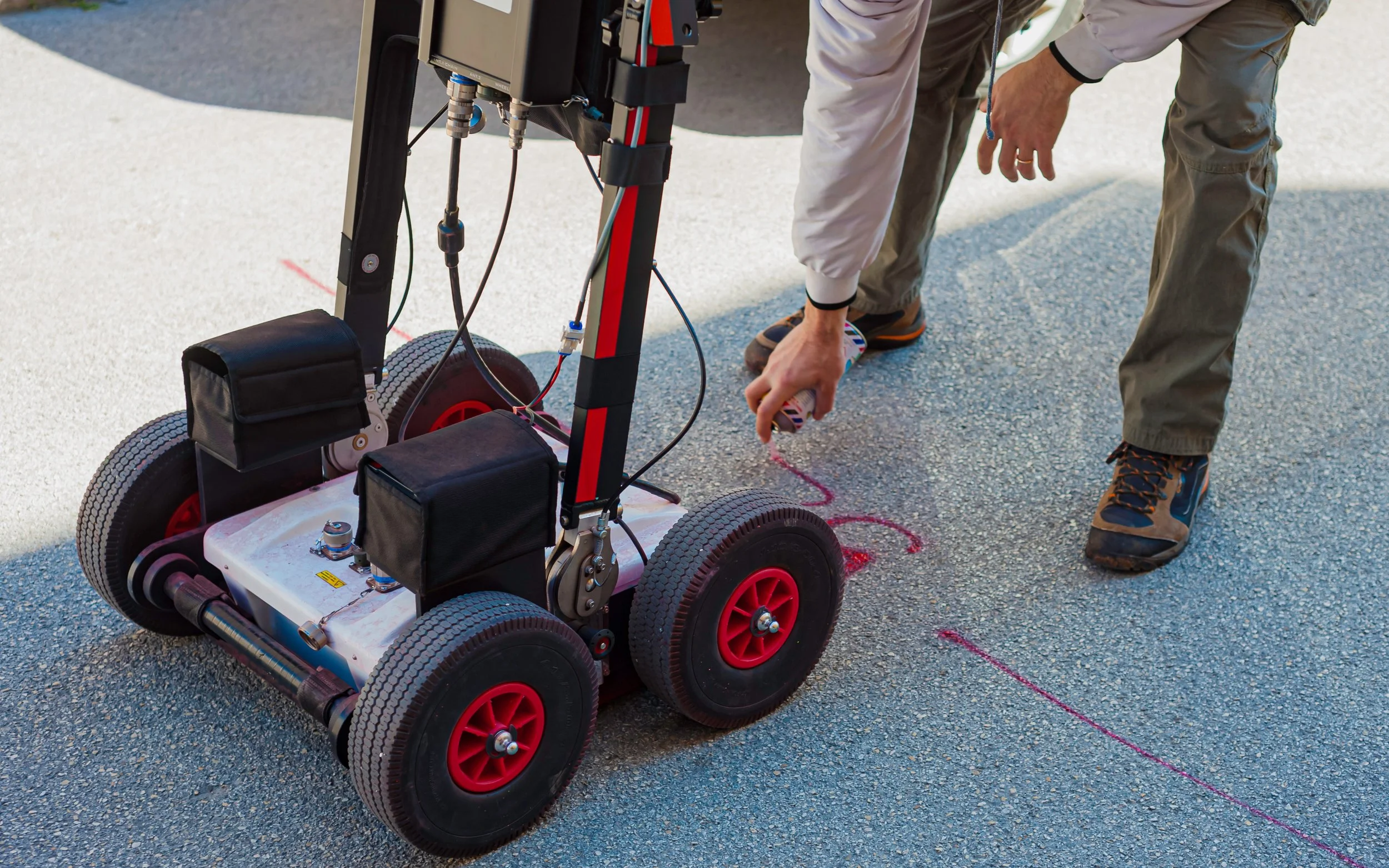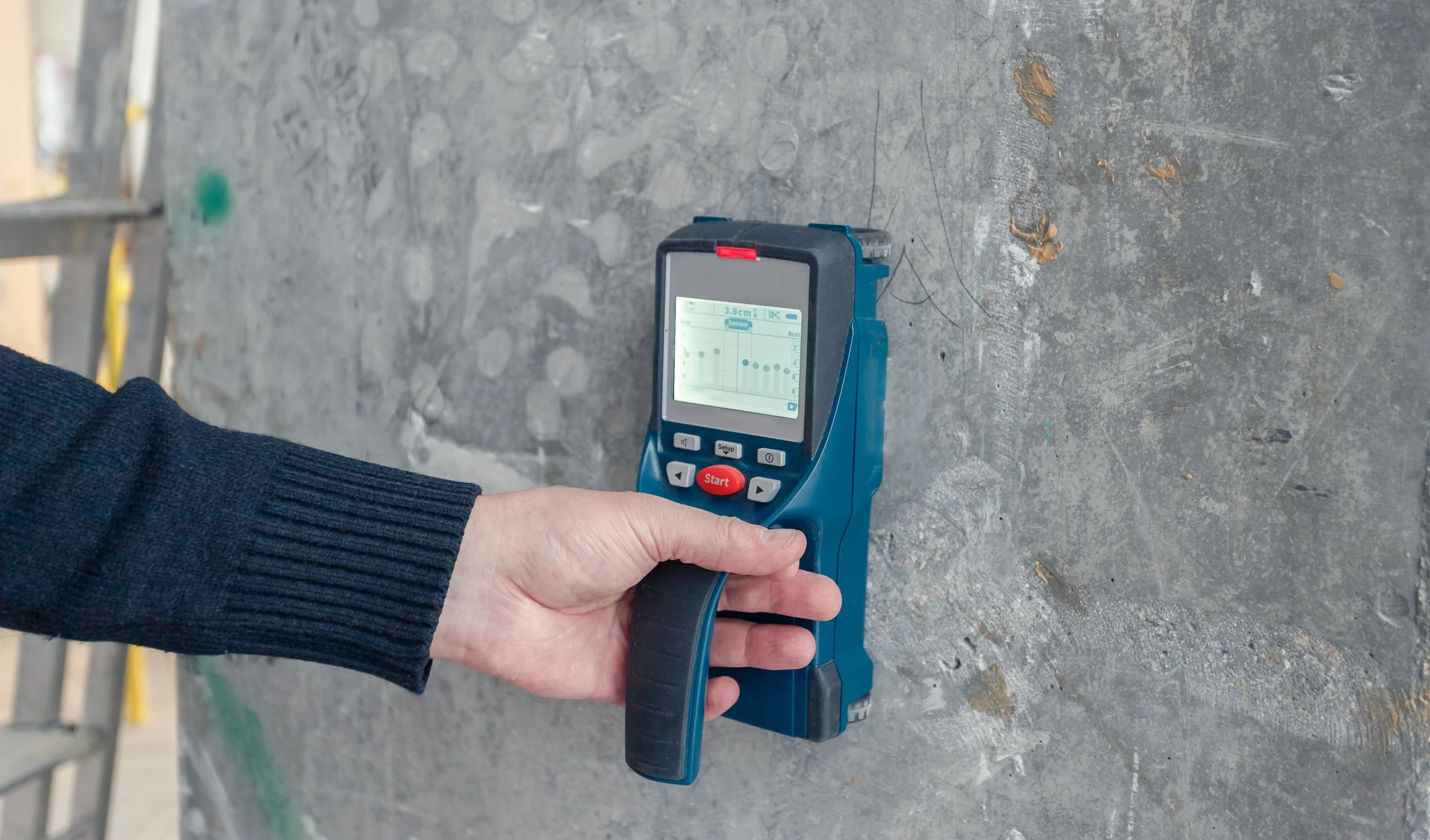
Non-destructive testing services Melbourne
Non-Destructive Testing is a form of testing and inspecting a structure without causing any damage to it. Non-Destructive testing is essential if you're looking to renovate and need to know the locations of essential services, find locations of water ingress or detect any cracks, voids or changes in materials. NDT is the most cost-effective form of testing as it can allow you to identify an issue without causing damage resulting in costly repairs.
If you require some non-destructive testing completed on your home or property, get in contact with our friendly team today to see how our engineers can assist you.
Request a quote
Why clients choose to work with Arbiter Group
Registered engineers
We’re highly knowledgeable in past and present Australian building codes and standards.
Comprehensive reports
Our reports are easy to read. Engineering principles are explained with our conclusions.
Trusted advice
Our engineers provide unbiased assessments advice, based on experience in forensic engineering.
End-to-end services
Our inspections, reports and designs are conducted in-house, lessening unknowns for projects.

Identify hidden risks before you start your next project
At Arbiter Group, Non-Destructive Testing (NDT) is a method used by our engineers to evaluate the properties of a material, component, or system without causing damage or altering its original state.
We understand that every property and project is different, therefore, our highly trained engineers will assess your individual situation to determine the best type of NDT equipment to use to eliminate unwanted costly damages or repairs. When investigating, our engineers use state-of-the-art technology to produce accurate results and high-quality reporting.
Our engineers investigate and provide NDT reports for:
Common structural issues
Subsidence
Concrete spalling
Concrete cancer
Cracks in brickwork/masonry
Work varying from engineering / architectural design
Poor workmanship
Structures and facilities
Residential properties
Commercial properties
Apartments, units and townhouses
Retail spaces
Hospitals
Basement carparks
Suspended concrete slabs
Concrete slabs
Concrete columns
Concrete walls
Our non-destructive testing process:
Get in touch
Call us or fill out the online form. Describe the issues of your property. We will provide a quote with 24 hours.
Initial consultation
One of our engineers will be in touch to discuss your issues and decide on a suitable testing method.
Scan and locate
Our engineers will use innovative technology to scan the area in question to locate and evaluate its materials and components.
Engineering Report
A detailed report will be written up. This report will include all results found from the testing and recommendations.

Frequently asked questions
-
There are many different types of NDT that we are able to use however, some of the NDT technology we will commonly use are:
GPR (ground penetrating radar)
UPE (ultrasonic pulse echo)
Schmidt hammer
Eddy current
UPV (ultrasonic pulse velocity)
Moisture meter
Thermal camera
Floor level survey (heat map output)
-
Non-destructive testing can be used to inspect a wide variety of materials, including concrete, metals, plastics, composites and ceramics. The specific type of non-destructive testing method used will depend on the material being inspected, as well as the particular characteristics of the material that need to be evaluated.
-
Non-destructive testing (NDT) and destructive testing (DT) are two different approaches to evaluating the integrity of materials or structures. The main difference between the two is that NDT methods are designed to evaluate the properties of a material or structure without causing any permanent damage, while DT methods involve intentionally damaging the material or structure in order to evaluate its properties. This is why our engineers prefer NDT as it helps keep the material in its original condition whilst still being and to scan it properties and determine the nest steps.













